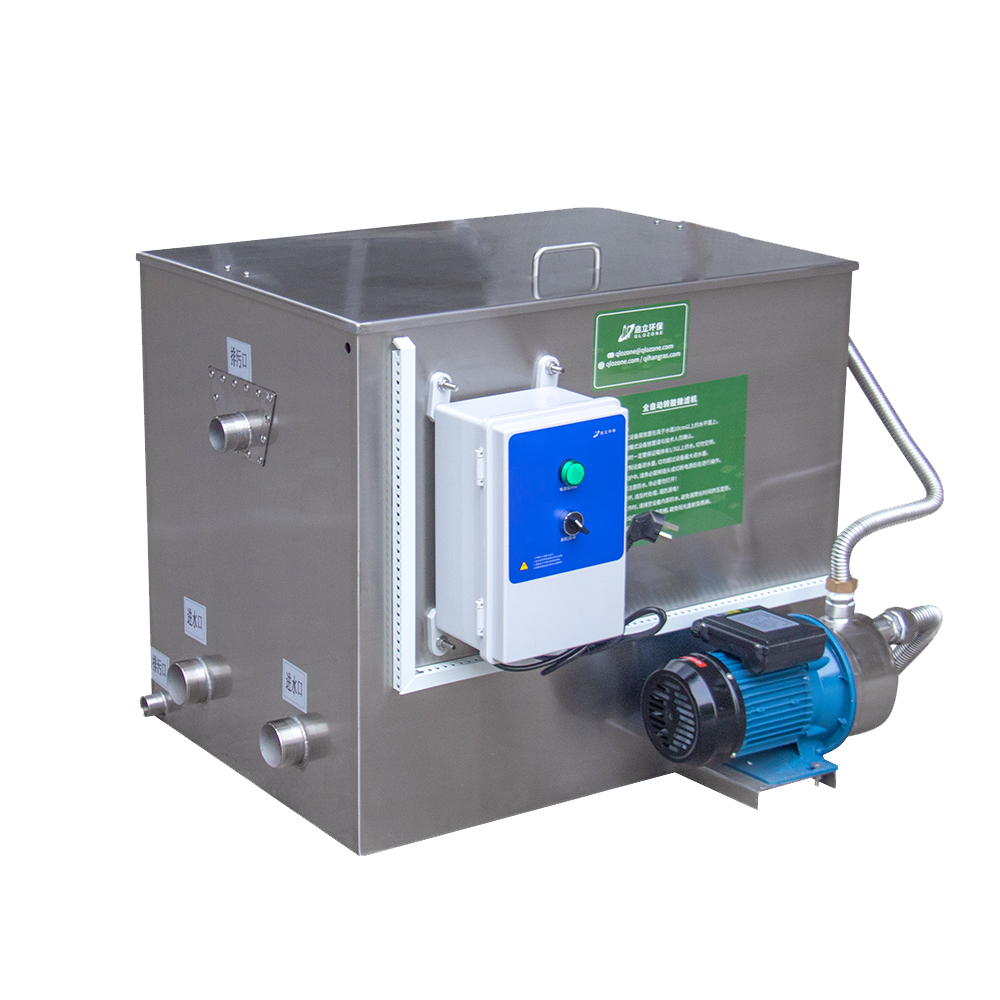ras drum filter
The RAS Drum Filter represents a cutting-edge advancement in aquaculture water treatment technology, specifically designed for Recirculating Aquaculture Systems (RAS). This sophisticated filtration system employs a rotating drum mechanism covered with fine mesh screens to effectively remove solid waste and suspended particles from water. The drum filter operates through a continuous rotation process, where water flows through the filter mesh from the inside out. As solid particles accumulate on the internal surface of the screen, a high-pressure spray system automatically activates to clean the filter panels, ensuring optimal performance. The filtered waste is then collected in a trough and directed to waste treatment or disposal. Modern RAS drum filters incorporate advanced sensors that monitor water levels and automatically adjust cleaning cycles, maximizing efficiency while minimizing water usage. These systems are capable of handling flow rates from 25 to over 1000 cubic meters per hour, making them suitable for various scales of aquaculture operations. The filter mesh sizes typically range from 10 to 100 microns, allowing operators to customize filtration levels based on specific requirements. This technology plays a crucial role in maintaining water quality parameters, reducing biological load on biofilters, and ensuring optimal growing conditions for aquatic species.


